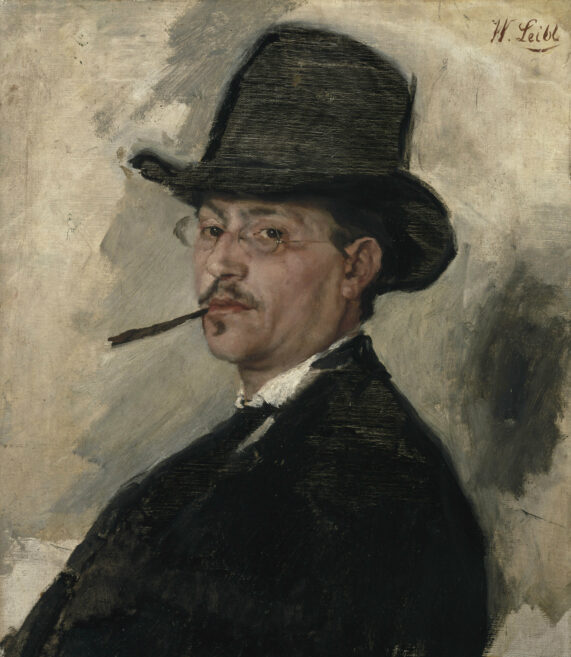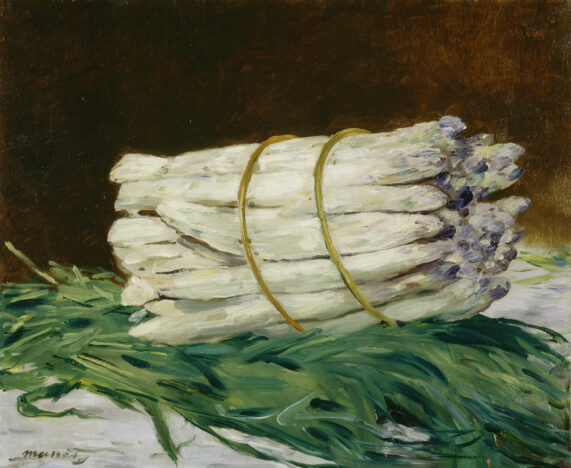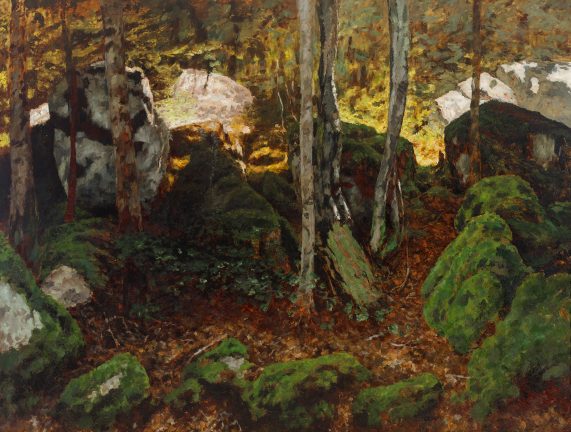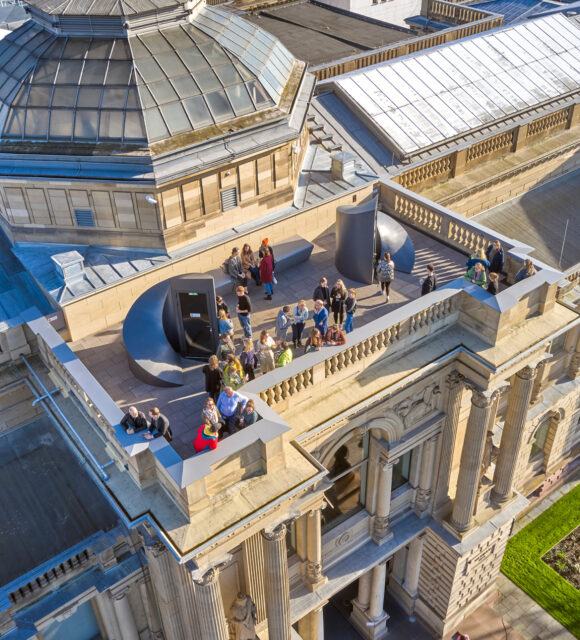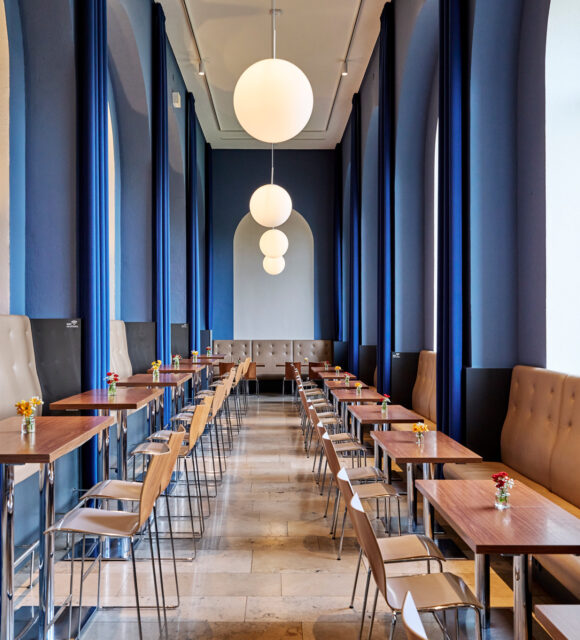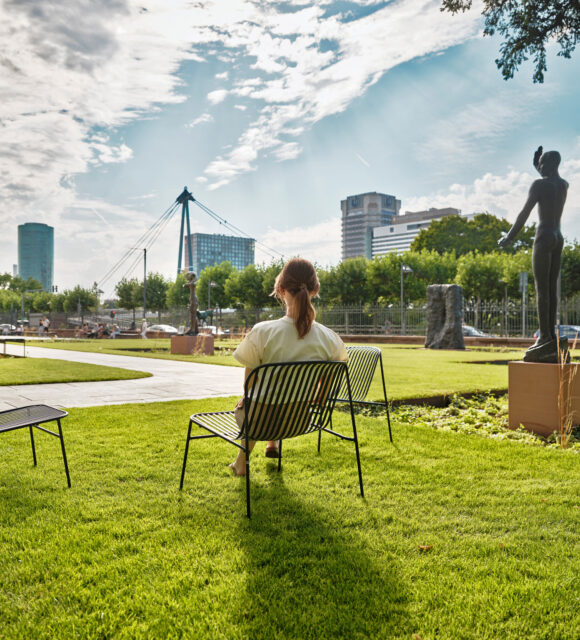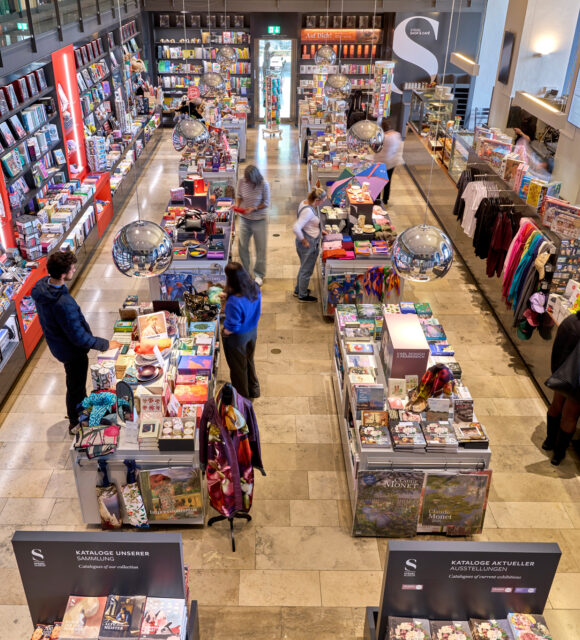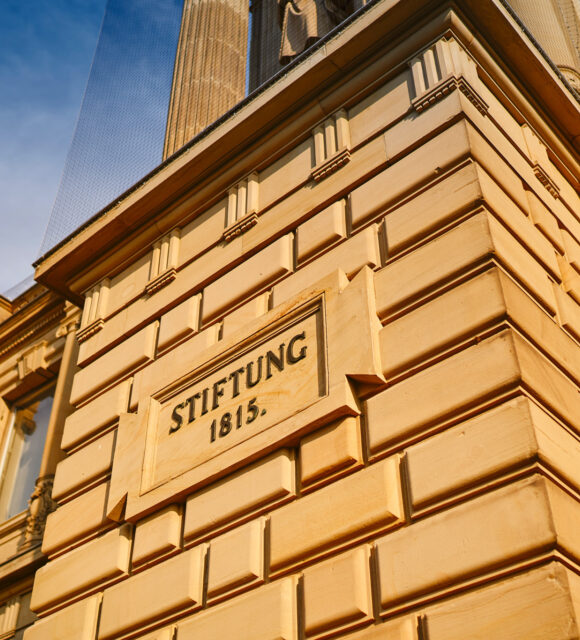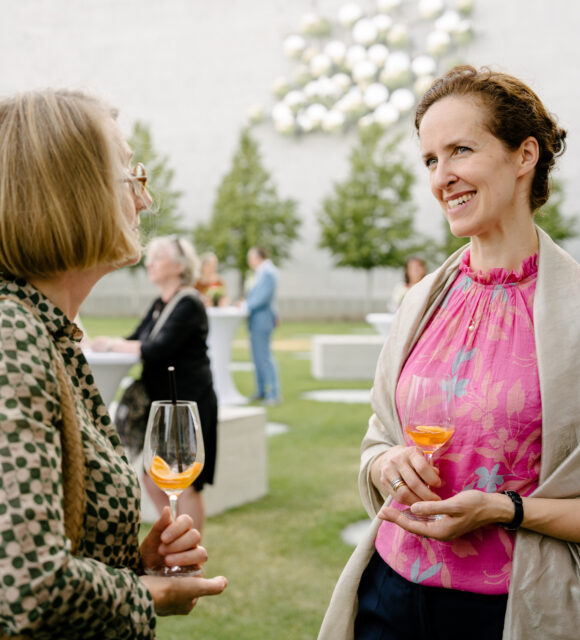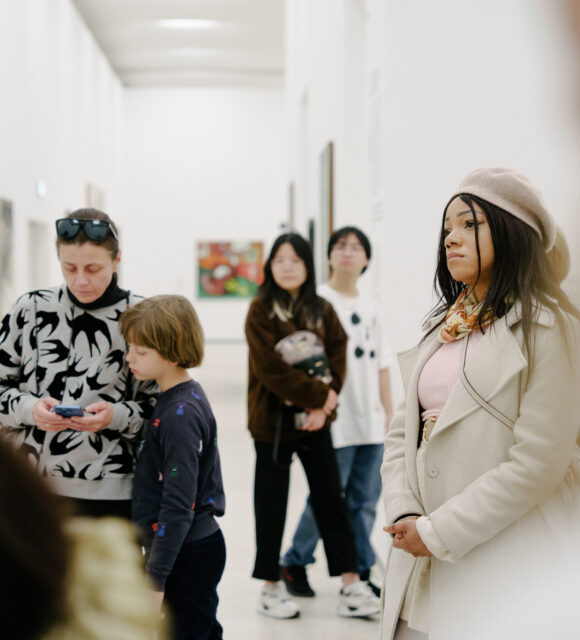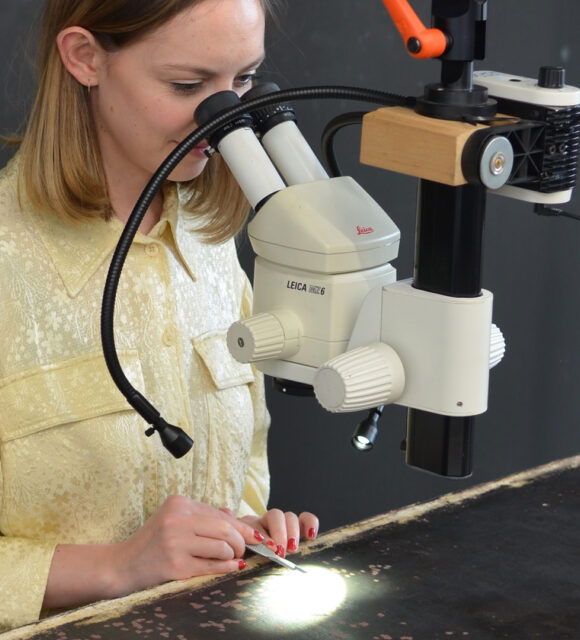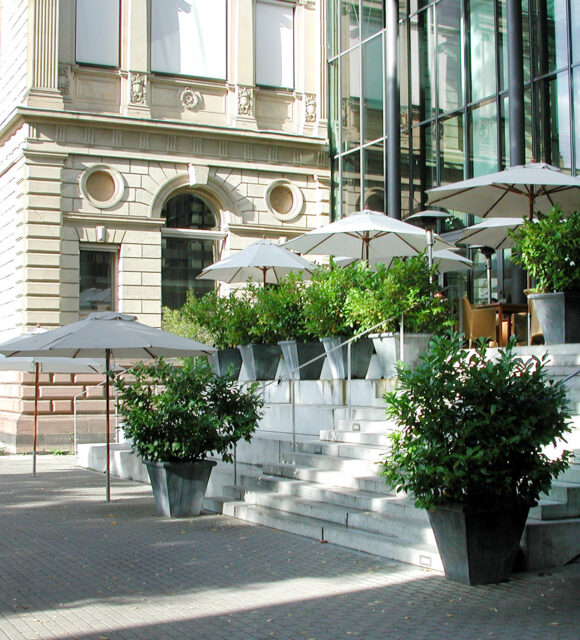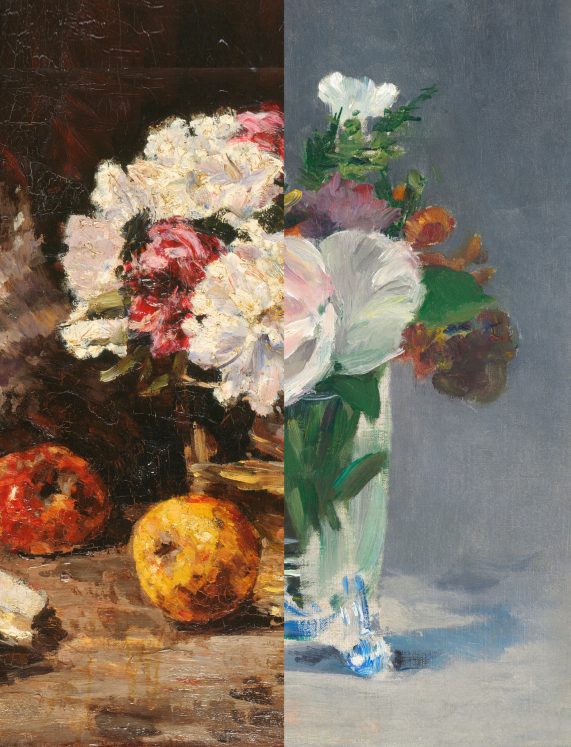
Carl Schuch is perhaps the best-known “unknown” protagonist of late 19th-century painting and has long been an insider tip. His art is a discovery. As a restless cosmopolitan, he broke away from national attributions early on and devoted himself uncompromisingly to painting. During his lifetime, he was hardly known to the public, but after his death, the art world quickly recognized the quality of his work, before it later fell into oblivion again.
Your Visit
-
-
Tue, Wed, Fri, Sat, Sun 10 am – 6 pm
Thur 10 am – 9 pm
Mon closed
-
Tue, Wed, Fri, Sat, Sun 10 am – 6 pm
-
- Entry From €18 / €16, €9 Tue from 3 pm
-
- Schaumainkai 63, 60596 Frankfurt am Main
Programme
Discover out-of-the-ordinary museum experiences, special guided tours or individually bookable offers.
About the Exhibition
The Städel Museum is now bringing together around seventy of Schuch’s paintings in a stimulating dialogue with some fifty important works by French artists, including Paul Cézanne, Camille Corot, Gustave Courbet, Édouard Manet and Claude Monet. The exhibition focuses on Schuch’s years in Paris, where he experienced his most artistically formative period from 1882 to 1894.
With ‘Carl Schuch and France’, we are presenting an artist who devoted his entire life to studying French painting. His paintings hold their own effortlessly alongside works by Courbet, Manet and Cézanne. This exhibition is much more than a tribute. Carl Schuch’s painting is a discovery.
Tips for your Visit
Tuesday Special
Take advantage of our Tuesday Special and visit the permanent exhibition and all special exhibitions for the single price of €9. Every Tuesday from 3 to 6 pm.
Flex Ticket
Treat yourself to a ticket for a visit to the museum or give it as a gift: The Flex Ticket for “Carl Schuch and France” allows you to visit the exhibition on a day of your choice during opening hours.
Timed Ticket
Book your preferred date and time slot for visiting the museum. Valid for all current and upcoming special exhibitions, such as “Carl Schuch and France” as well as the permanent collection.
Individually bookable offers
There are many occasions for a visit to the museum. Whether friends, company or family: book an individual guided tour for your group. Registration is required for all groups.
Digital Offers
for this Exhibition
Film
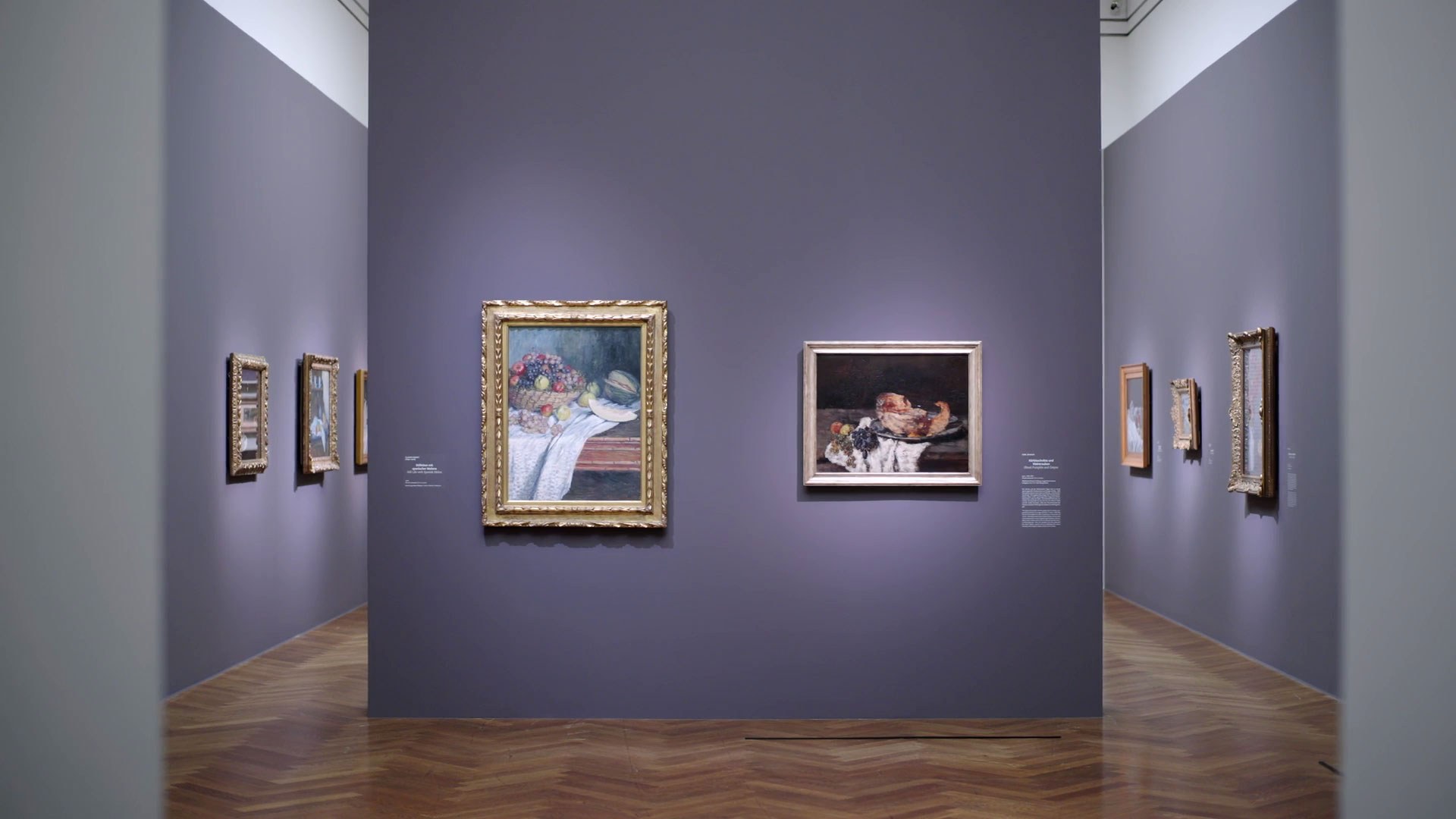
Catalogue
Sponsors & Patrons
Sponsored by
With additional support from
The Digitorial® accompanying the exhibition is sponsored by
Media Partners
Süddeutsche Zeitung, ARTE, Verkehrsgesellschaft Frankfurt am Main
Around the Museum
Support Your
Städel Museum Now
Get involved by making a donation to your favorite cause or by providing general support. Your contribution—whether large or small—is a valuable gift for the future of the museum.














